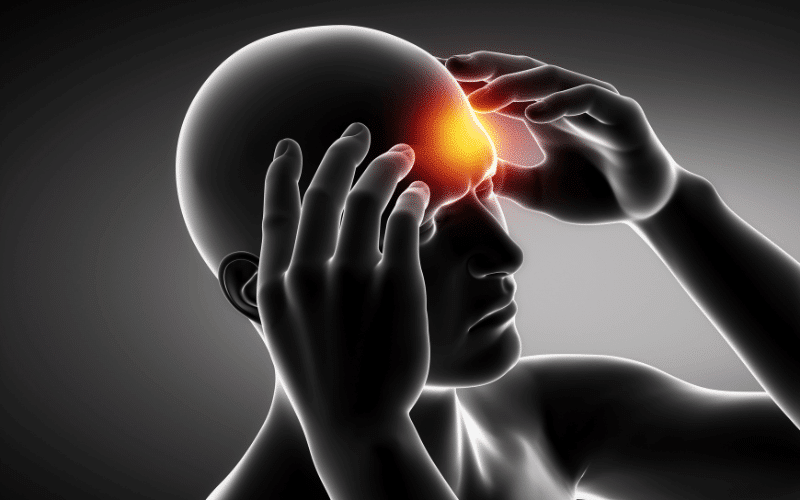Introduction: An In-Depth Look at Migraine Symptoms
Migraines are a complex neurological condition that can severely impact your daily life. With an estimated 1 billion people affected worldwide, understanding the 10 severe migraine symptoms is crucial for early detection, proper management, and seeking timely relief. In this detailed article, we’ll explore each of the migraine symptoms, delve into potential causes and triggers, and offer practical suggestions for coping with this debilitating condition.
Migraines are not just “bad headaches.” They involve a range of symptoms that can last for hours or even days. Recognizing these symptoms can empower you to take control of your health and seek the appropriate treatment. Furthermore, understanding the warning signs can help you identify potential triggers, allowing you to make lifestyle adjustments that may prevent or lessen the frequency of migraine attacks.
It’s essential to note that migraine symptoms can vary from person to person. While some individuals may experience all ten severe symptoms, others may only have a few. Additionally, the severity and duration of each symptom can differ between individuals and even between migraine attacks in the same person. This article aims to provide you with a comprehensive understanding of these symptoms, enabling you to better manage and cope with migraines.
Now, let’s dive into the 10 severe migraine symptoms, providing you with the knowledge and tools necessary to face this challenging condition.

Symptom 1: Throbbing Headache
A throbbing headache is a classic migraine symptom. This pulsating pain typically occurs on one side of the head and can range from moderate to severe in intensity. The sensation may feel like a pounding or pulsating drum inside your skull.
Several factors can contribute to the development of a throbbing headache during a migraine attack. Inflammation and the release of certain chemicals in the brain can cause blood vessels to expand, leading to increased blood flow and pressure. This increased pressure can then result in a pulsating headache.
Over-the-counter pain relievers, such as ibuprofen or naproxen, can help alleviate the pain. Prescription medications specifically designed for migraines, like triptans or ergotamines, may also provide relief. In addition to medication, non-pharmacological treatments like resting in a dark, quiet room, cold or warm compresses, and relaxation techniques can offer some comfort during an attack.
It’s crucial to recognize the early signs of a migraine headache and take action to minimize the severity and duration of the pain. Keeping a headache diary can help you identify patterns and triggers, enabling you to make proactive changes to your lifestyle and environment. (1)